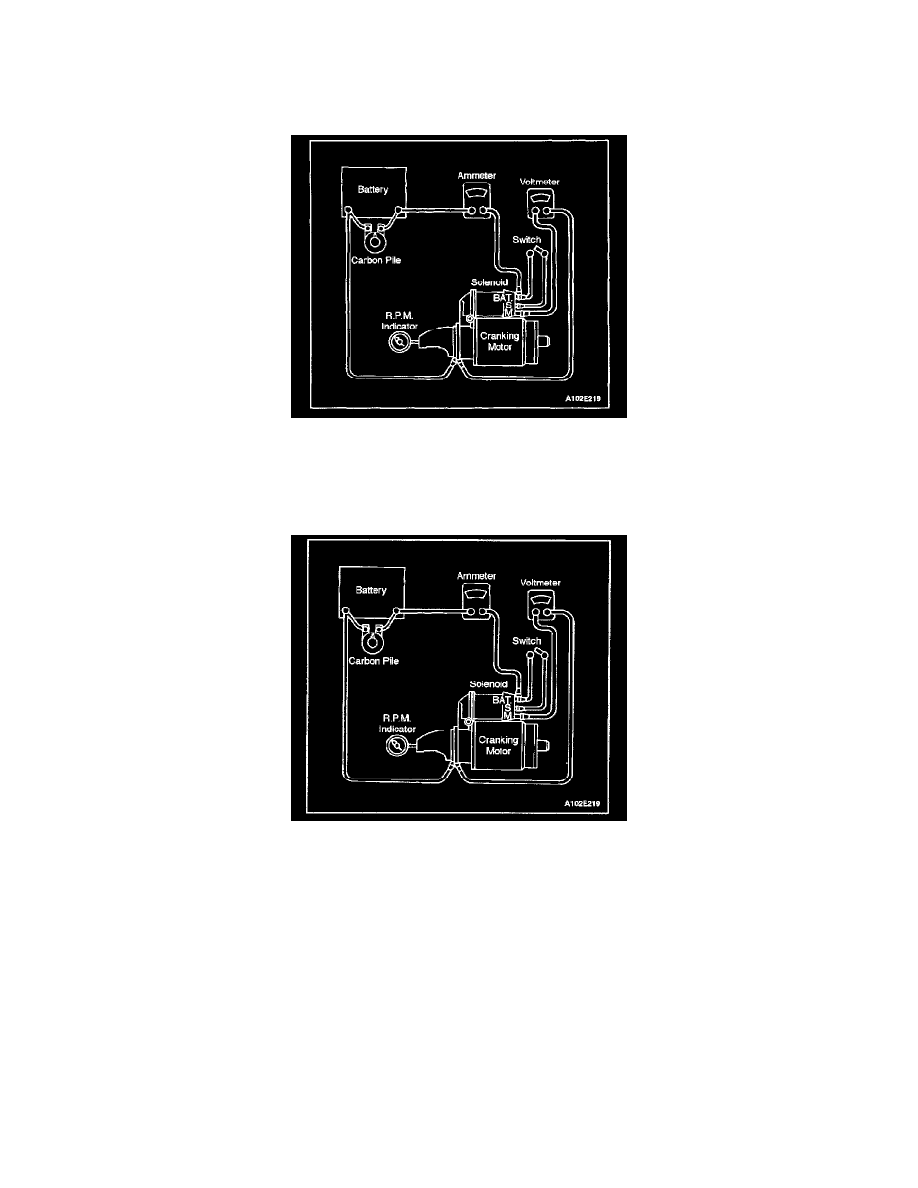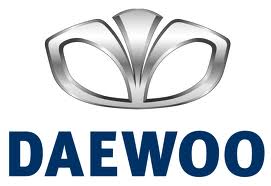Nubira CDX Wagon L4-2.0L DOHC D-TEC MFI (2000)

NOTE: Complete the testing in a minimum amount of time to prevent overheating of the solenoid.
IMPORTANT: If the specified current draw does not include the solenoid, deduct from the armature reading the specified current draw of the
solenoid hold-in winding.
8. To begin the no-load test, close the switch and compare the rpm, the current, and the voltage readings with the specifications. Refer to Starter
Specifications". Make disconnections only with the switch open. Use the test results as follows:
1. Rated current draw and no-load speed indicate a normal condition for the starter motor.
2. Low tree speed and high current draw indicate too much friction (tight, dirty or worn bearings or a bent armature shaft), a shorted armature, or
a shorted armature or fields.
3. Failure to operate with high current draw indicates a direct ground in the terminal or fields, or "frozen" bearings.
4. Failure to operate with no current draw indicates an open field circuit, open armature coils, broken brush springs, worn brushes, high insulation
between the commutator bars, or other causes which would prevent good contact between the brushes and the commutator.
5. Low, no-load speed and a low current indicate high internal resistance and high current draw, which usually mean shorted fields.
